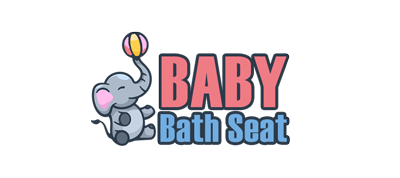
Jan 11 , 2024
Nica Nica
What prompts infants to engage in hair-pulling?
If you observe your baby pulling their own hair, eyelashes, or eyebrows, the initial response should be to refrain from immediate action – at least for the initial week or two. Instead of reacting impulsively, take the time to observe when and where your baby engages in hair-pulling.
This behavior is likely to occur during slow or quiet moments, such as in their crib, during nursing, or while taking a bottle. Hair pulling serves as a potential form of self-soothing to cope with boredom or stress, and it is probable that this behavior will naturally improve or diminish over time.
The reasons behind your baby's hair-pulling can vary, including anxiety, age-appropriate exploration, or trichotillomania, a behavioral disorder characterized by repetitive hair-pulling. While trichotillomania is more common in older children and typically not observed until around age 12, babies who pull their hair are often engaging in a comforting and soothing activity, similar to sucking on their thumb, to manage tiredness, fussiness, or stress.
Beyond self-soothing, hair pulling is considered a body-focused repetitive behavior or a grooming impulse that becomes a habit. Some children may experience a release of dopamine, the "feel-good" hormone, from pulling their hair, leading them to seek out that sensation.
Other babies may pull their hair out of curiosity as they explore cause and effect, or they may have learned that they can elicit a reaction from you by pulling their hair, making it an easy way to gain attention.
In many cases, hair pulling in babies and young children naturally resolves on its own.
If you are uncertain whether your baby's hair pulling is a passing phase or a sign of a larger issue, consult your baby's pediatrician, especially if you observe prolonged hair pulling, bald patches, or the consumption of hair.
For older children, trichotillomania can be addressed with cognitive behavioral therapy, habit reversal training, and stress management. For babies and younger children, consider these strategies to redirect their attention from hair-pulling:
- Cover your baby's hands with mittens or socks, or dress them in pajamas with built-in hand covers to make it more challenging for them to pull individual strands of hair.
- Offer alternative sensory toys for them to pinch, pull, and tug on, such as textured stuffed animals, silky fabrics, and soft hair brushes.
- Tie back your baby's hair if it's long enough or keep it cut short.
- Avoid providing negative attention when they pull their hair, refraining from actions like flicking their fingers, saying "no," or displaying visible upset, as this could unintentionally reinforce the undesired behavior.
